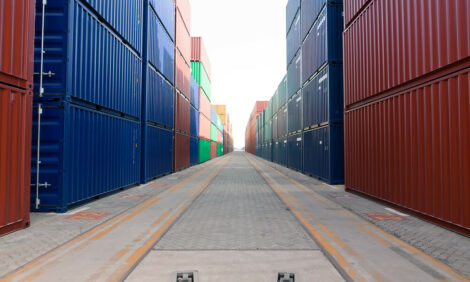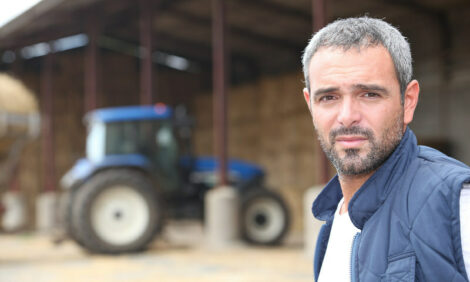



Pork Commentary: Russia Road Trip
RUSSIA - This past week we spent in Russia. Here are our observations, writes Jim Long.African Swine Fever and the fear it creates can be seen and felt
We were in the South of Russia (Kuban Region) situated between the Black and Caspian Seas. Although African Swine Fever (ASF) has been discovered in many areas of Russia, Kuban is where most ASF breaks have occurred.
Between 15 – 20 per cent of the pigs in the Kuban Region have been put down and burnt. Not sure of the exact numbers but probably more than 500,000 head.
There was government compensation but we understand the ASF fund has been all spent. There is some expensive private insurance available. The producer we talked to said the cost of insurance was too high so they weren’t purchasing. The producer’s risk is high.
Farm bio – security is major. Guards are situated around barrier fences. All traffic is controlled with washing and disinfecting vehicles prior to entering. Farm management and workers are living in the barn offices for 14 days straight and then rotated out. Intense beyond comprehension, but a couple weeks ago a producer with 3500 sows farrow to finish broke. About 35,000 were burnt. There was no compensation. Go figure, bio – security is a worthwhile investment.
After an ASF break the law is no pigs on farm for 12 months. The 3500 sow unit that broke has been in production only two years.
One of the major issues with ASF there seems to be lots of theories why it is spreading. Wild boars, swill feeding, backyard pens, and bio terrorism are a few.
The major roads have Police and Veterinarian check points to stop all market hogs from leaving the region.
Despite ASF
Despite ASF there are still numerous new swine projects under construction and being planned in Russia. When there are profits of over $100 per head it is not hard to figure out why. Russia with large tracts of land for crops and farm isolation has a lot of production advantages. Their disadvantage is very little swine expertise in the country.
Currently Russia has quotas and tariffs on pork imports of which they are bringing in 30% plus of their needs. Last week Russia was accepted to join the World Trade Organization (WTO) by all countries but the United States. The WTO entry will overtime lower pork tariffs and quotas. If the United States doesn’t eventually support Russia’s WTO entry it will probably mean continued tariffs on US products, which would include pork.
While Away
While we were away we observed North American feed prices have stayed historically high, while hog prices have slipped as they seasonally do. All indications we have been receiving from the field are sow liquidation is underway. Gilt sales have slowed as producers assess their direction which compounds in our opinion that a smaller sow herd is coming going forward.
We are in a war of attrition. Negative hog margins will be large this fall. We still expect hog prices in North America will be the highest ever next summer.
Road trip Summary
My son and I have travelled to Czech Republic, China, Japan, and Russia over the last three weeks. As we write the plane is over Norway heading to Washington, D.C. We can’t help but reflect on the different companies we visited, the people we met, and the sights we saw. In the swine sector every country has its challenges. It could be feed cost, availability, disease, environment, market prices, skilled swine workers, etc… There is no easy place to raise hogs, it is a tough business and certainly not for the faint hearted. By nature in every country we visited you see the optimistic spirit of swine producers. Many, many challenges but people of character are committed to be successful. The United Nations figures we need to double global food production in the next 25 years with the type of people we have met in the swine industry, we expect pork production will meet humanity’s needs.









